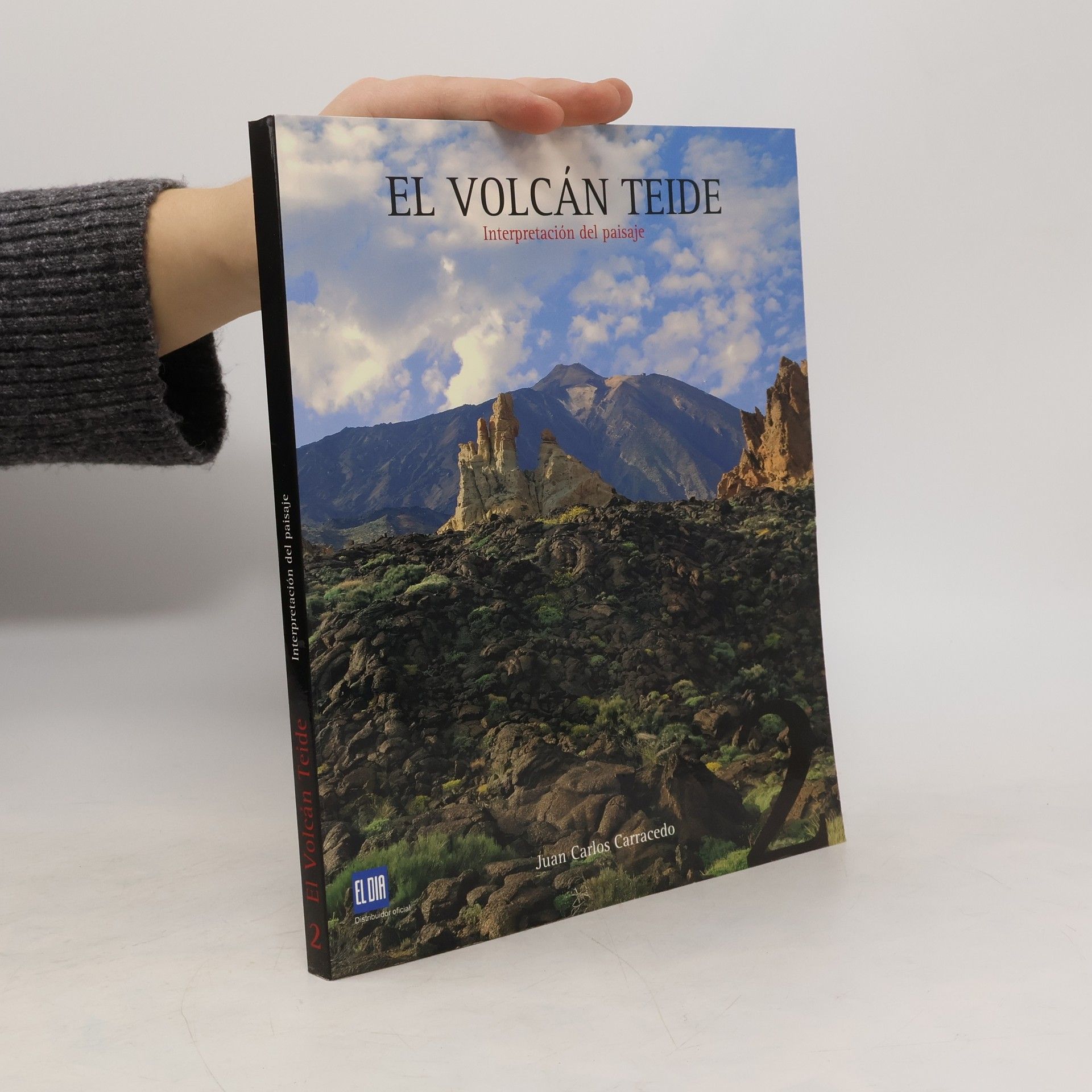Teide volcano
- 279pages
- 10 heures de lecture
Teide Volcano holds various meanings across history. For the Guanche aborigines, it was Echeide (Hell), while early navigators viewed it as a vital landmark above the clouds. Explorers faced the daunting challenge of climbing Teide, believing its peak brought them too close to the sun. Once considered the highest mountain in the world, measuring its height was a significant scientific endeavor. Renowned naturalists like von Buch, von Humboldt, and Lyell recognized Teide's role in shaping modern geology and volcanology, moving away from Neptunism to understand volcanic rock origins. Today, the people of Tenerife regard Teide as "Padre Teide," a protective figure and an emblem of the island and the Canaries. UNESCO has recognized its global importance in illustrating geological processes that shape oceanic islands. Teide National Park attracts 4 million visitors annually, including many volcano enthusiasts, who treasure its spectacular natural beauty. For the editors of this compilation, Teide embodies a multitude of meanings: a formidable challenge, a navigational guide, a breakthrough in volcanology, and a reference point for exploring other oceanic volcanoes in the Canaries and beyond. This work presents the diverse aspects and current understanding of this remarkable natural wonder.

